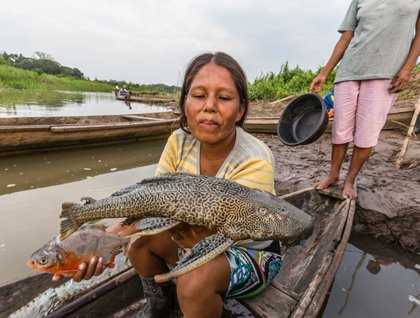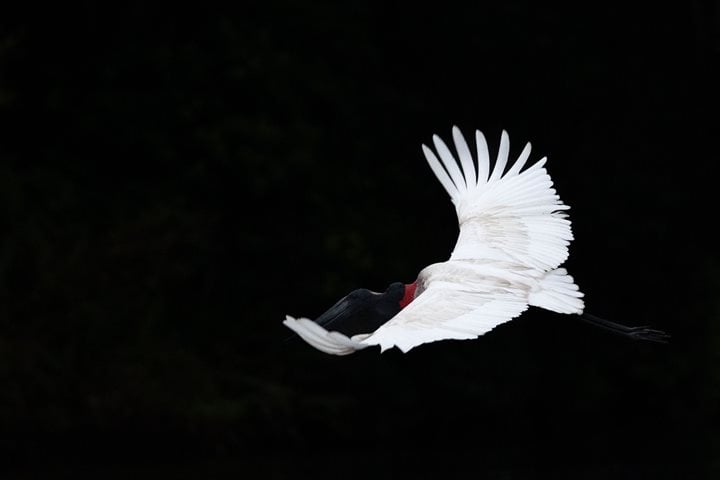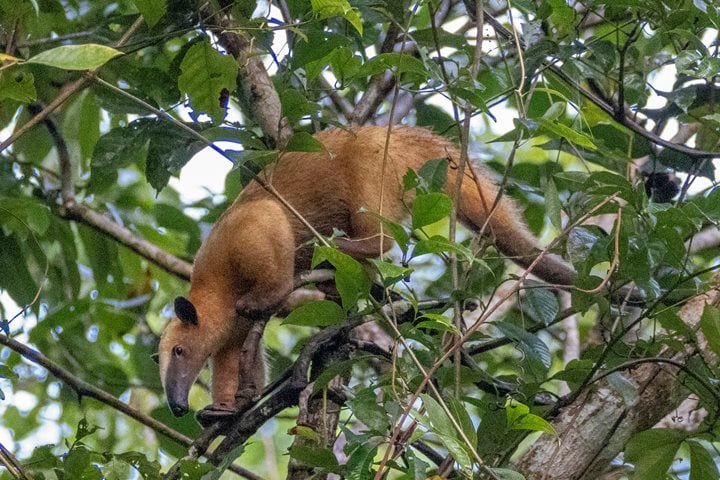Early this morning just after sunrise but well before our normal breakfast hour, we departed the Delfin II aboard our skiffs in search of the beautiful monk saki monkey. Along the way, we stopped at a tiny fishing village at Atun Poza to inspect the morning catch, and we were happy to find several species of freshly caught fish in the bottom of dugout canoes. Local fisher people were only too happy to show off their prizes, and our excellent naturalists went into great detail about not only how people catch these fish, most importantly how they prepare and eat them!
There were piranha in plenty, but the catch of the day that piqued our curiosity the most was a fish called the armored catfish. Remember that there are over 2,500 species of fish in the Amazon River Basin, and that 70% of that number come from the catfish family. Known locally as a carachama, the armored catfish is considered to be one of the best fish to eat in this part of the river system and folks around here hold it in high gastronomic esteem. Its body is covered in a heavily plated boney structure with a scrolled pattern on its skin that to my eye resembles calligraphy. Young carachamas are often sold in the pet trade as “suckerfish” used to clean fresh water aquariums.
Then our sharp-eyed naturalists spotted the elusive monk saki monkeys, high in the forest canopy. With patience and much skiff maneuvering, we were rewarded with excellent views of these dark black primates conducting their normal “monkey business”. The animals were comfortable enough now with our presence, that they peeled and ate fruit right in front of our cameras, letting the husks drop to the forest floor. With their white “gloves” and dark bushy tail, monk saki monkeys are quite unique in their coloration.
Afternoon brought the opportunity for exploration of the Pacaya River, penetrating deeply into the Pacaya-Samiria National Reserve. Literally hundreds and hundreds of snowy and great egrets lined the shoreline of the river, taking flight in huge white waves as we approached by skiff. The occasional gray and black cocoi heron would punctuate the sea of white. Ringed, Amazon, and green kingfishers would flit from their perches as we passed, voicing their whereabouts with authority. Red howler monkeys held our attention for quite some time as we watched a small troupe scamper amongst the high treetops. At our furthest point into the reserve, we stopped in black water to once again take the opportunity to swim in the warm waters of the preserve. Pink Amazon river dolphins surfaced around us lazily, their chuffing exhalations clearly heard above the din of all else.
And then the skies opened up and it started to rain, and rain some more, and it kept raining. For most of the ride back to the ship we were bathed in the very liquid that helps to make up this river system. The silver lining to rain is often a rainbow, and ours was bright and beautiful. For just a brief few minutes the sun came out and produced a mirror image to the first rainbow, giving us side-by-side splendor. Into every life a little rain must fall…just enjoy the rainbow as a result!







